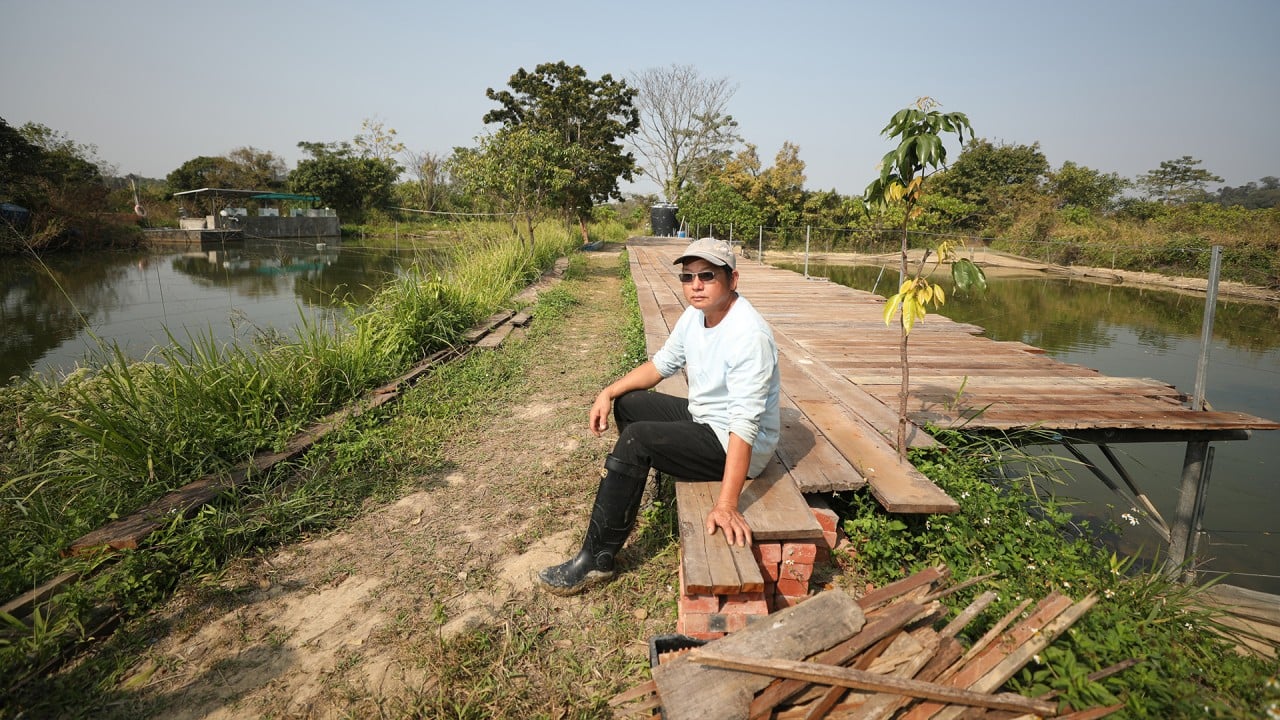
Is it wise to proceed with the Northern Metropolis and Lantau Tomorrow when Hong Kong’s population is set to decline?
- The housing shortage is severe now and solutions are needed. But expensive projects that take over a decade to realise must be assessed against Hong Kong’s very low birth and immigration rates
Lee should be praised for putting housing near the top of his agenda; however, one hopes that in his promise to review and plan for the two giant projects, the focus is on the word “review” rather than “plan”.
A closer look at the numbers related to these schemes reveals that “reconsider” may be even more appropriate because enduring assumptions about population growth are now moot.
When any large project is being planned for housing, the number at its core is the projected population that will live there. The proposed population for the Northern Metropolis site is 2.5 million.
And, from 700,000 to 1.1 million people are expected to take up residence in the Lantau Tomorrow scheme. Thus, the two projects combined could house at least three million people.
Although improving living arrangements for the grass-roots population and reducing waiting times for public housing would account for some of those planned flats, it’s unclear why homes for over 3 million are needed. A closer look at the population projections underscores this point.
Hong Kong’s birth rate should be a yardstick for ‘result-oriented’ John Lee
The Hong Kong government should be praised for considering the two ambitious projects. The housing problem has been with us for decades and intractable challenges require imaginative solutions. However, built into the two projects are population projections that may be unrealistic.
For generations, there has been a widespread belief that rapid population growth will continue. However, as Darrell Bricker and John Ibbitson argue in their book, Empty Planet, “we do not face the challenge of a population bomb but of a population bust – a relentless, generation-after-generation culling of the human herd”.
Many demographers now believe that the United Nations’ world population projection of 11 billion by 2100 overshoots the mark by 2 billion. Quite a few developed economies are already witnessing population declines, and Hong Kong, with its very low fertility and immigration rates can be included in this trend.
Northern Metropolis is not how Hong Kong rebuilds social harmony
Prominent figures are now raising the alarm about population decline. Elon Musk, a father of eight, claimed, “I think one of the biggest risks to civilisation is the low birth rate and the rapidly declining birth rate.”
Accordingly, although the housing crisis in Hong Kong occupies the headlines now, massive, costly projects scheduled for completion in over a decade appear ill advised.
Paul Stapleton comments on local social and environmental issues



